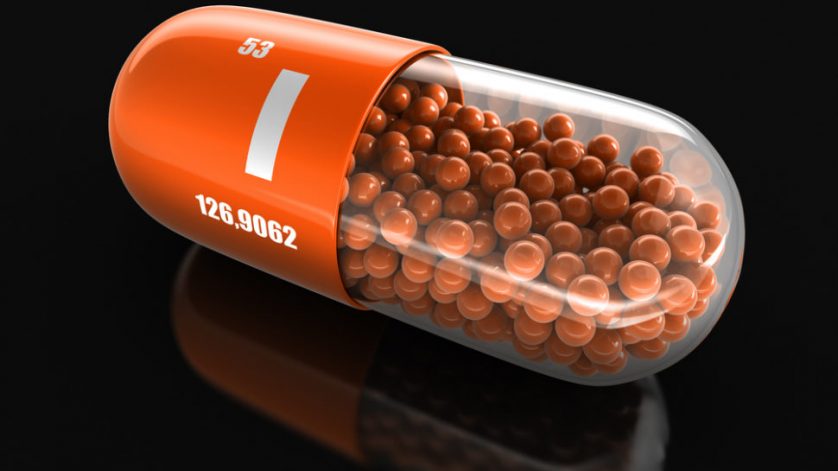Sodium iodide I-123 is a radioactive tracer used in diagnostic imaging procedures, particularly in nuclear medicine. It is commonly used to evaluate the function of the thyroid gland and diagnose thyroid disorders, such as hyperthyroidism and hypothyroidism.
Action:
Sodium iodide I-123 is taken up by the thyroid gland, where it emits gamma rays that can be detected by a special camera. This allows healthcare providers to create images of the thyroid gland and evaluate its function.
Uses:
Sodium iodide I-123 is primarily used in diagnostic imaging procedures, such as:
- Thyroid scans: To evaluate the function of the thyroid gland and diagnose thyroid disorders.
- Whole-body scans: To detect the spread of thyroid cancer to other parts of the body.
- Cardiac imaging: To evaluate blood flow and heart function.
Side effects:
The amount of radiation exposure from a sodium iodide I-123 scan is very small and generally not harmful. However, some people may experience mild side effects, such as:
- Nausea
- Headache
- Metallic taste in the mouth
- Allergic reactions
Doses:
The dose of sodium iodide I-123 used for diagnostic imaging depends on several factors, such as the patient’s weight, age, and the type of procedure being performed. The dose is administered as an injection or a capsule, and the imaging procedure is usually performed several hours later. The healthcare provider will provide specific instructions on how to prepare for the procedure and what to expect.

